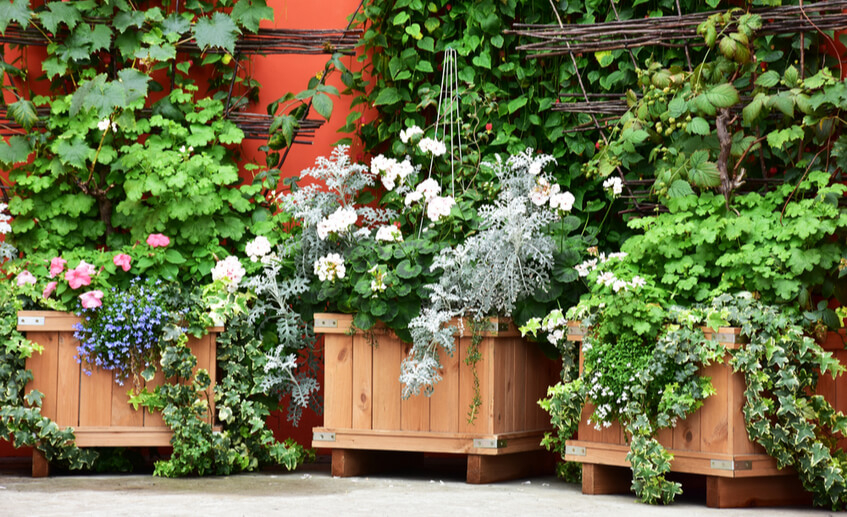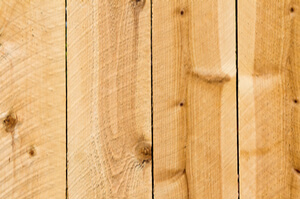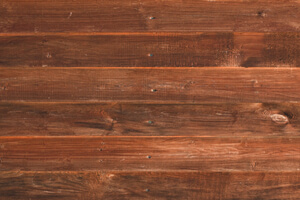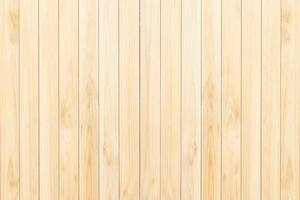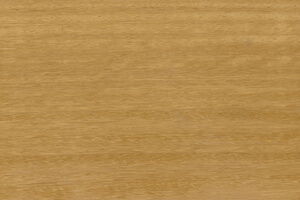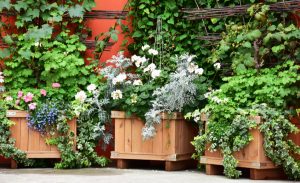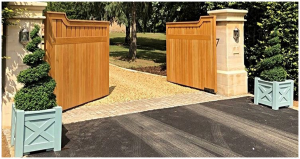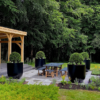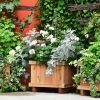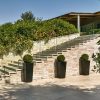If you’re thinking about growing your own plants or vegetables, but you have limited space, a raised planter box is just what you need. Perfect for teaching children how to grow their own food, help them gain life skills and even encourage them to eat vegetables, garden boxes have become an incredibly popular item across the UK.
From preventing soil compaction and keeping it from eroding to provisioning better water retention and drainage, raised planter boxes provide many gardening benefits to both expert and beginner gardeners. But also let us not forget how stunning they can make your outdoor area look.
Choosing the right material for your planter box is a crucial decision to avoid unwanted weeds, prevent overheating or rusting and ultimately ensuring a suitable growing space. There are a lot of options available but only one fits these requirements and that is wooden planter boxes.
So what type of wood is best for planter boxes? Cedar and Redwood are two of the most wood types available and you can’t go wrong with either one. Cedar is particularly favoured due to its durable, lightweight and crack resistant qualities. Redwood, on the other hand, is naturally rot resistant and has increased longevity but can be a more expensive alternative.
Advantages & Disadvantages of the Most Common Wood Types
To help you make an informed decision, we’ve put together a list of the four best wood types for planter boxes. Other suitable options include Cypress, Teak, Accoya and Yellow Balau.
Wood Type |
Pros |
Cons |
|
Cedar
|
|
|
|
Redwood
|
|
|
|
Pine
|
|
|
|
Iroko
|
|
|
Looking for a Wooden Planter Box?
Are you ready to shop for raised wooden beds? Check out our two bestsellers below or browse our entire wooden planters collection. We also work with schools and councils throughout the UK to provide bespoke vegetable planters, so please get in touch to discuss your project!







